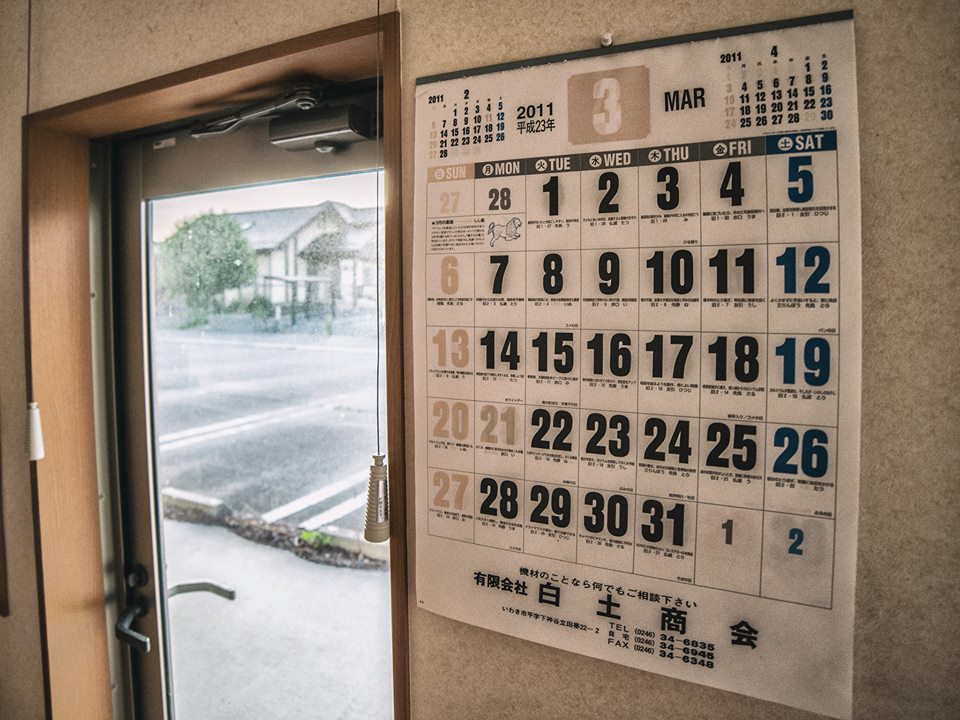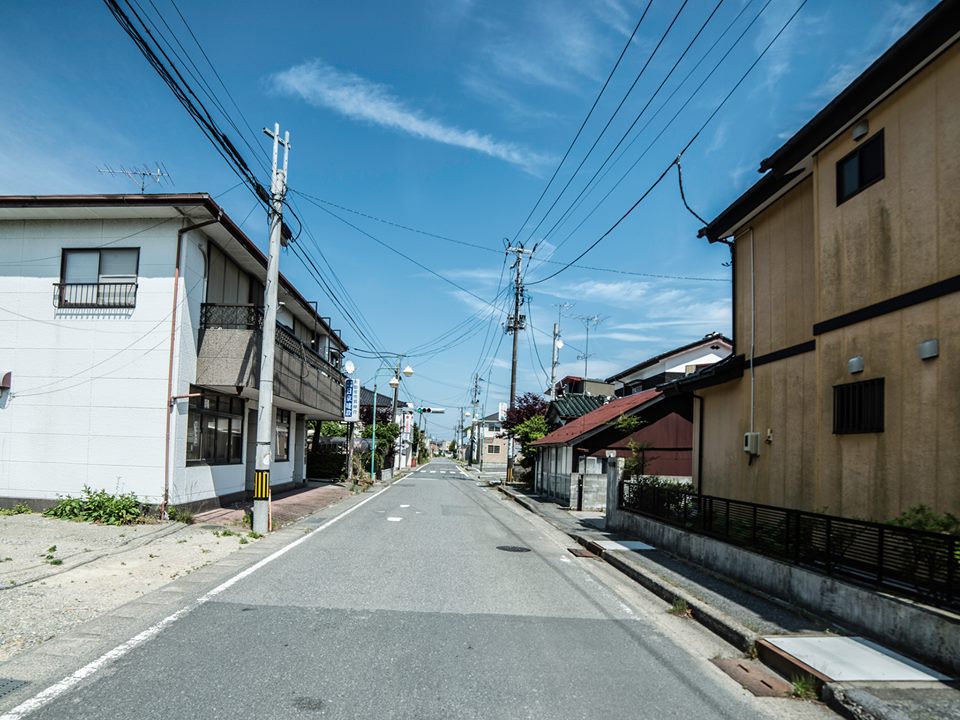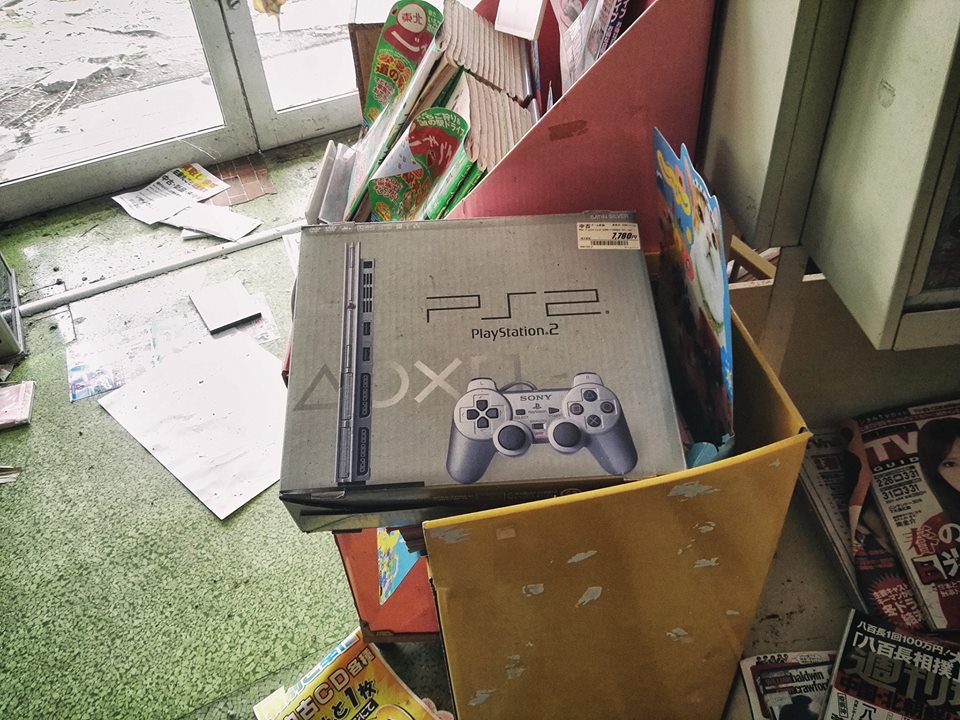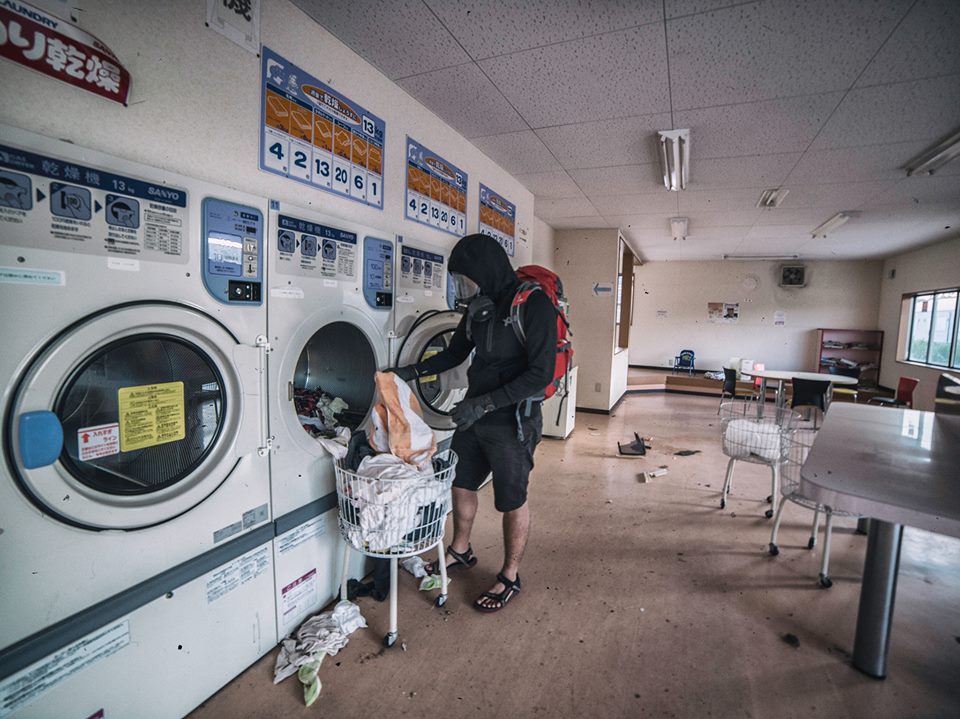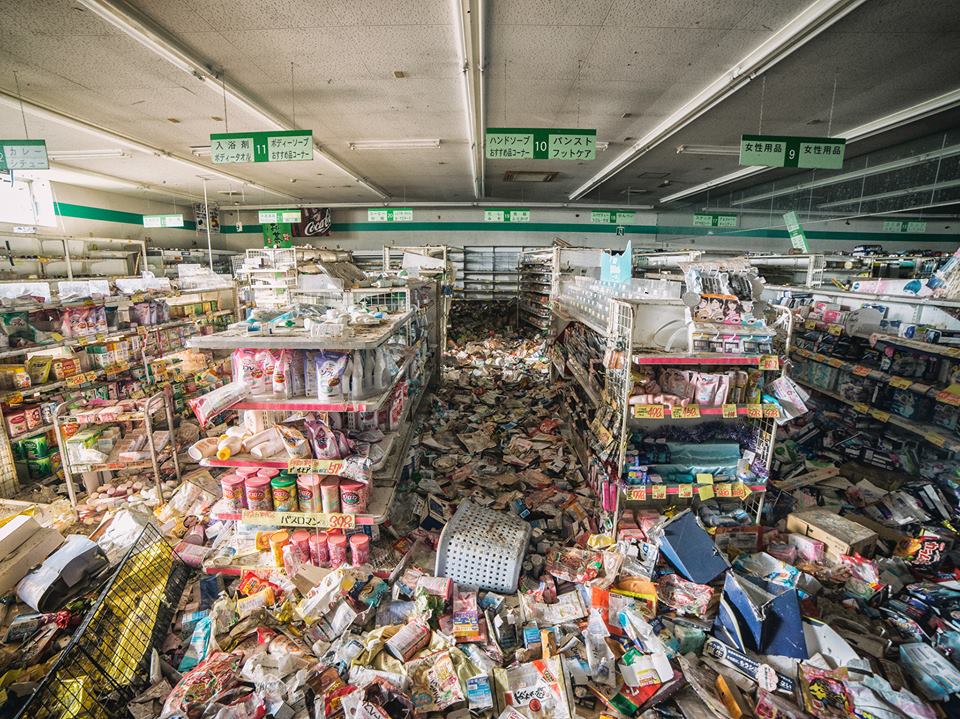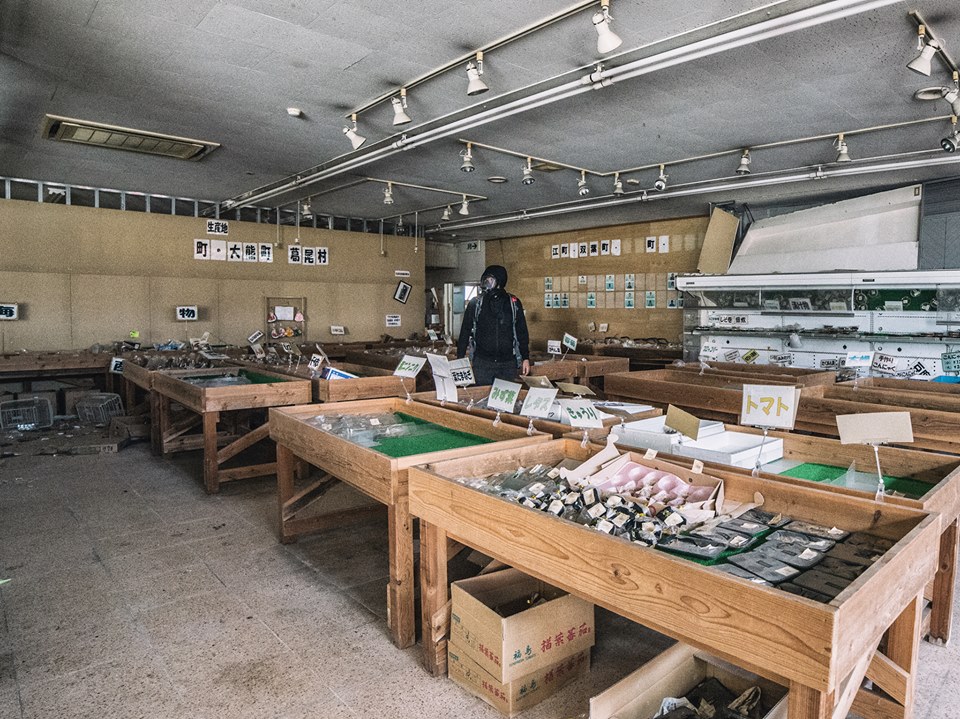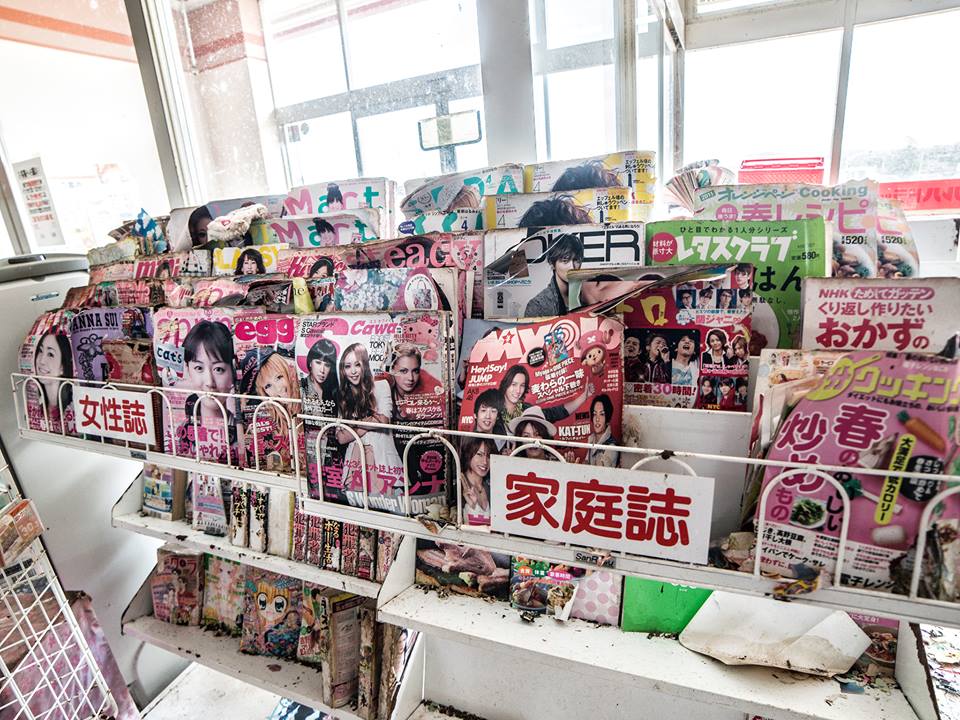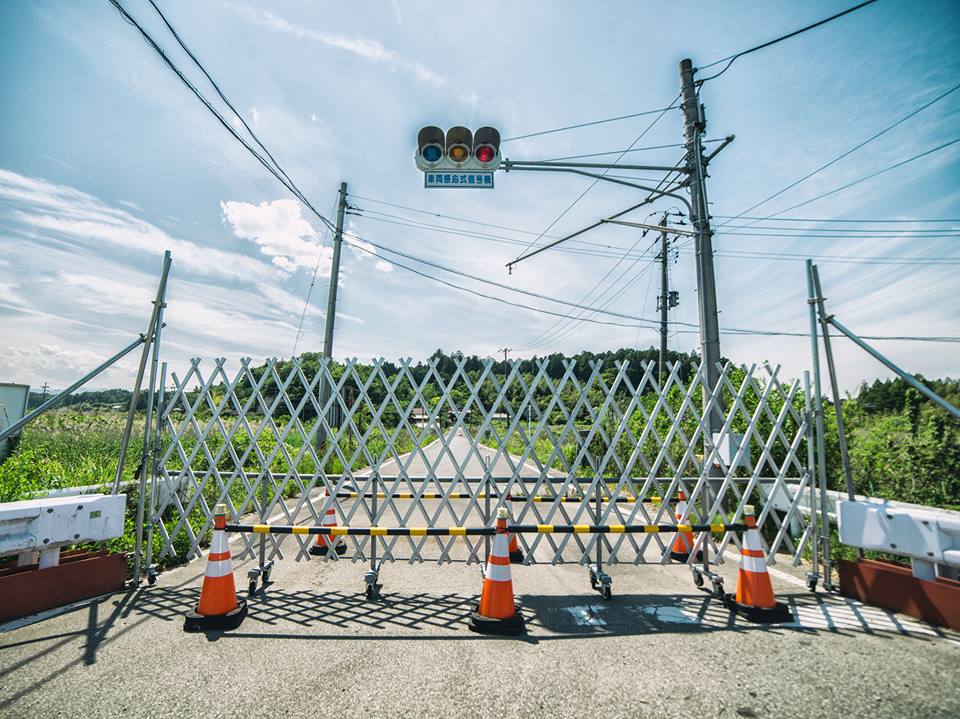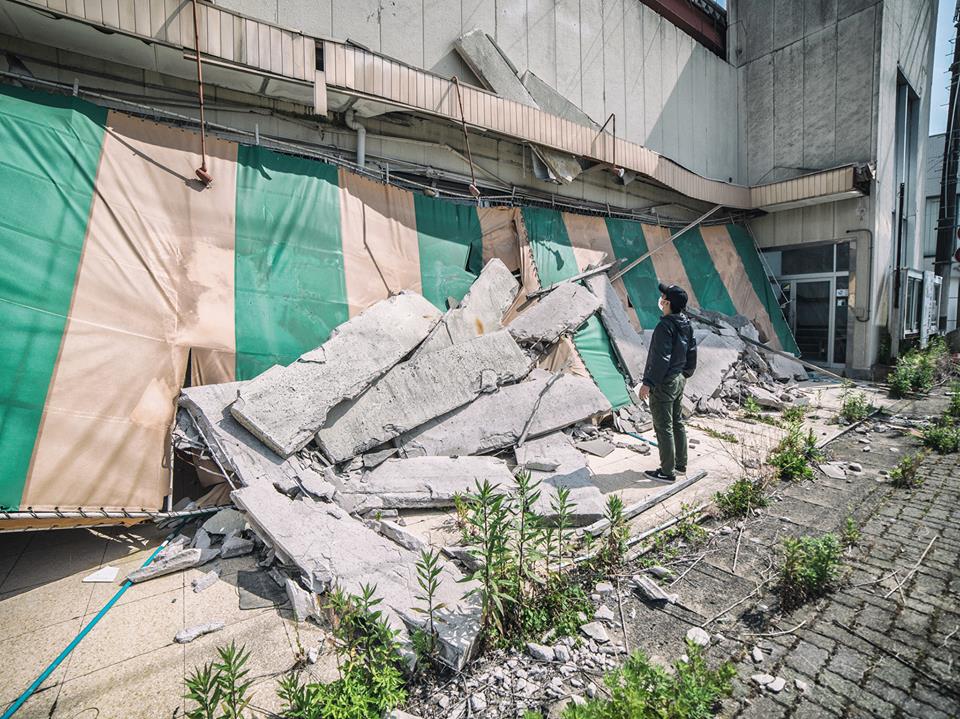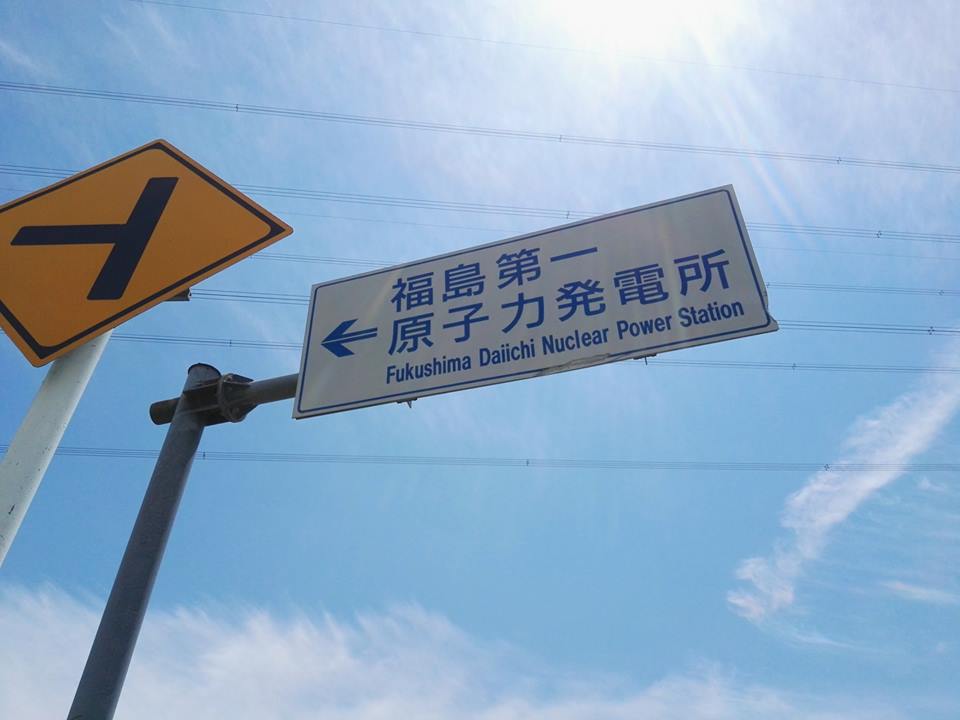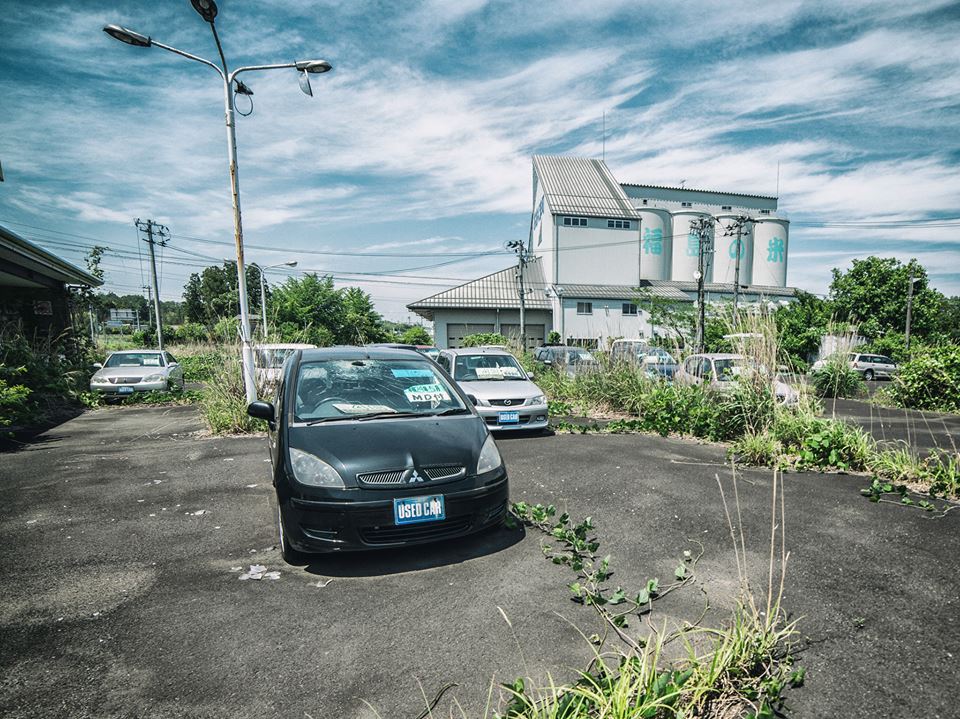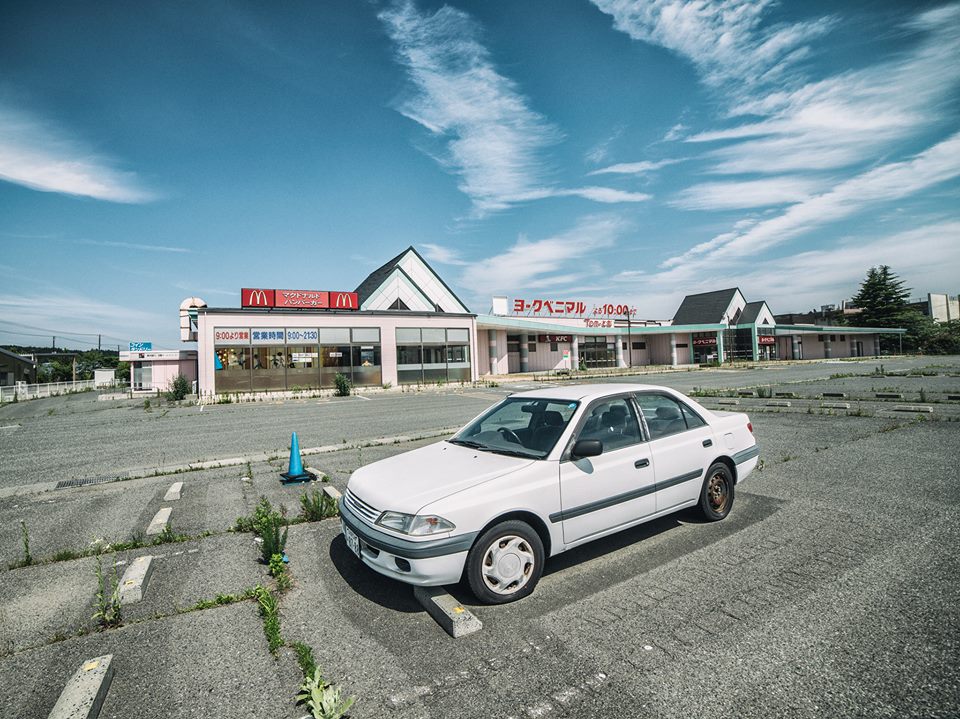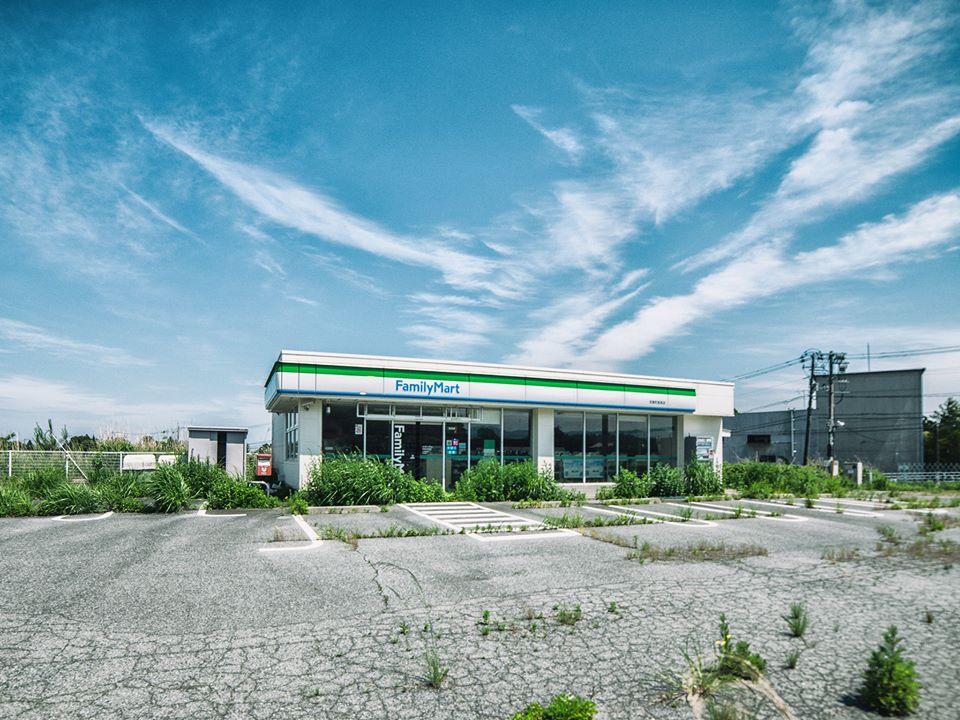Malaysian Photographer Tells Us Why He Did Not Wear Protective Gear In Fukushima
Daredevil Keow Wee Loong's haunting photos of the Fukushima exclusion zone, left abandoned after the 2011 nuclear disaster, recently went viral within hours after they were posted on Facebook.
He has scaled some of the world's tallest buildings and even walked into the heart of an active volcano. Most recently, Malaysian daredevil and photographer Keow Wee Loong ventured into yet another risky territory - the Fukushima exclusion zone.
The towns, villages, and cities surrounding the Fukushima Daichii nuclear plant have remained largely abandoned after residents were swiftly evacuated following the meltdown of several nuclear reactors and radiation leaks primarily triggered by the tsunami following the Tōhoku earthquake on 11 March 2011.
In a series of "never-before-seen" photos of an abandoned town within the Red Zone (closest to the disaster site and usually closed to visitors), time seems to have stood eerily still since its residents fled their homes five years ago
"When I entered the red zone, I could feel a burning sensation in my eyes and a thick chemical smell in the air," Keow wrote.
"The radiation level is still very high in the red zone. Not many people have seen this town for the past five years."
Traffic is non-existent in this town, yet the traffic light remains functional.
Image via Keow Wee Loong"Everything is exactly where it is after the earthquake struck this town," he said. Indeed, residents left their belongings such as food, money, gold, laptops, and other valuables behind as they left the town in a hurry.
Laundry left behind in a laundromat in the red zone. Keow notes that there are also 100 yen coins lying around.
Image via Keow Wee Loong"I'm amazed that nobody looted this town clean, unlike Chernobyl, where the entire town has been looted clean," Keow wrote, adding that walking through abandoned supermarkets also fulfilled one of his childhood dreams:
"Have you ever wondered what it's like to be the only person walking in a town where you have 100% full access to every shop and explore? When I was young I always had a dream like this," he said.
Much like some of his previous daring adventures, Keow did not exactly enter the Fukushima exclusion zone permissibly
"Before I went there, the authorities told me that I needed a special permit to visit this town and it will take 3 to 4 weeks to get approval from the local council. Well, too much bureaucracy bulls*** for me," he wrote in his Facebook post.
Speaking exclusively to SAYS, Keow explained that he could not afford to wait that long as he'd lost his money and card when he arrived in Japan. Hence, accompanied by his friend Koji Hori, he snuck into the town via offroads.
So, how did the duo manage to enter the exclusion zone without attracting the police's attention?
"There were too many cops on the main road, so we started our journey from Tomioka, then we went off the main road. We used Google Maps to navigate from one town to another," he described, adding that they trekked through the woods since 2.00am to get to Okuma, Futaba, and Namie.
On the other hand, Keow has also been heavily criticised for not wearing protective gear and hence, risk being contaminated by radiation. Well, he has his reasons:
"I couldn't get those gear in Malaysia, so I decided to purchase it in Japan. Then, I lost my money and cards... I lost everything," he explained.
"My job is self-funded and relied heavily on the sale of my photos to foreign press, so I can't abandon the project. I only had a pair of shorts in my bag, a jacket, gas mask, and gloves, so I just made use of what I have."
He also revealed that several people have protested his decision by reporting him on Facebook, who blocked him from replying to messages or posting anything via his Facebook account.
A video rental store, displaying movie posters from 2011 on the storefront.
Image via Keow Wee LoongWhat about the potential health risks he could've posed to himself and the public due to exposure to radiation? Keow reassured us that there is no issue as he was given the all-clear when he went through a scan in the yellow zone.
"I was scanned at a booth in the yellow zone and was rated 'normal'. The dosage in my body is far less than someone undergoing radiotherapy for cancer," he explained.
"I did my research on this, and I know the risks well," he maintained, adding that residents are granted a visitor pass every month so that they can return home to clean up for five hours, while employees of the Tokyo Electric Power Company (TEPCO) go there every weekend to remove radioactive waste.
Regardless, Keow's photos have given us a rare insight into the aftermath of the nuclear disaster. As the rest of the world moves forward, the ghost towns of Fukushima seem doomed to remain the way they were when residents made their hasty exit in 2011.
"This is the devastating effect of using nuclear energy. Residents living in Fukushima will never be the same again. Radiation leaks in the red zone by the Fukushima Daiichi Power Plant is damaging the environment and marine life in the Pacific Ocean," he wrote.

